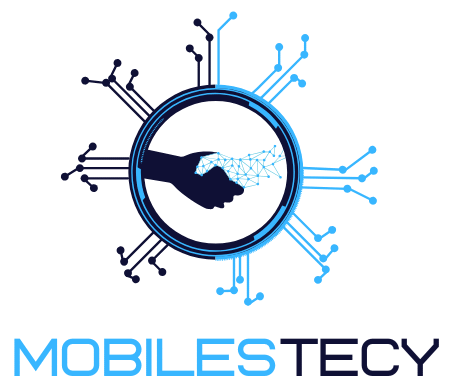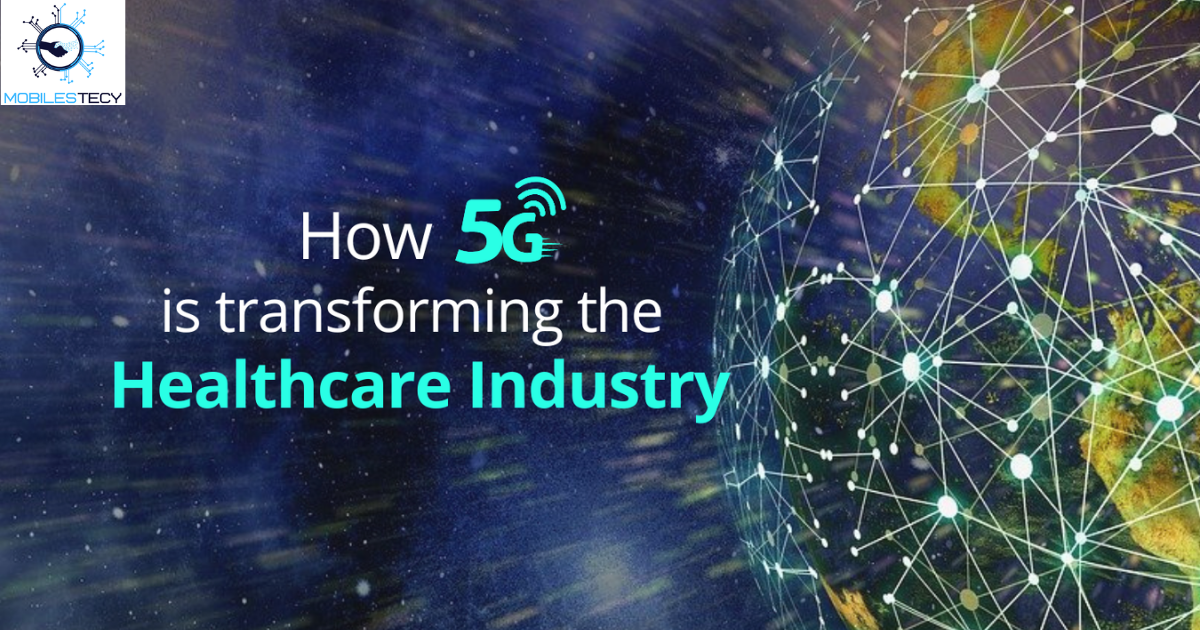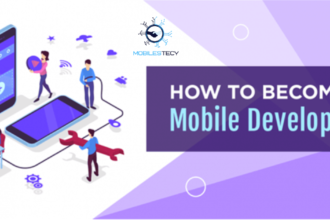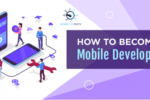5G mobile technology is transforming industries, especially the global healthcare sector. With faster speeds and low latency, healthcare systems are becoming highly efficient. The demand for smart, connected medical services continues to grow rapidly worldwide. Doctors and patients now rely on seamless digital communication and data sharing. 5G supports remote care, real-time monitoring, and advanced robotic medical procedures.
Modern healthcare requires immediate access to data and reliable communication tools. 5G enables real-time services that were impossible with previous mobile networks. Hospitals can monitor patients remotely using wearable devices and smart sensors. Telemedicine benefits significantly from 5G’s high bandwidth and minimal delays. This technology bridges the gap between patients and specialists across great distances.
5G is not just an upgrade but a healthcare revolution in motion. It empowers artificial intelligence, big data, and cloud-based medical platforms. Emergency response, surgery, and diagnostics improve with faster data transmission. Patients in remote regions now receive quality care from urban hospitals. As healthcare evolves, 5G plays a critical role in global wellness.
Impact of 5G on Remote Patient Care
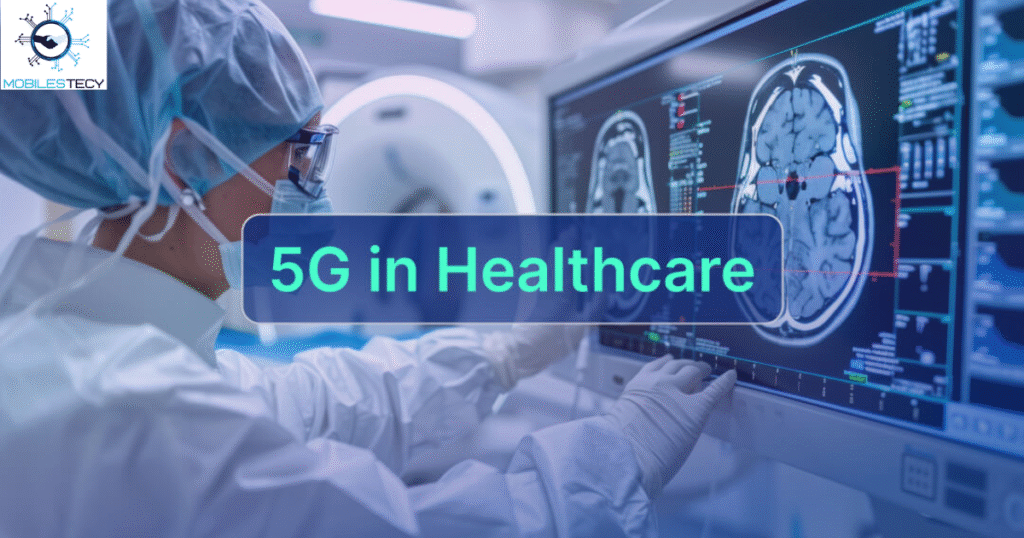
The introduction of 5G technology has revolutionized remote healthcare by enabling ultra-fast, high-quality video consultations between doctors and patients. With minimal lag and seamless streaming, virtual appointments feel as natural as in-person visits. This advancement is particularly beneficial for rural and remote populations, who can now receive timely medical care without the burden of travel.
Through 5G’s powerful network, wearable health devices can transmit continuous streams of vital signs directly to medical professionals. Physicians receive instant notifications when abnormal readings occur, enabling swift intervention before conditions worsen. Chronic diseases such as hypertension, diabetes, and cardiac issues can be monitored and managed far more effectively. This shift toward preventive, data-driven care reduces hospital admissions and enhances patient confidence, knowing that their well-being is being watched around the clock.
The role of 5G extends to remote rehabilitation and therapy programs, where stability and speed are crucial. Physical therapists can now guide patients through exercises in real time, using motion-tracking sensors and video analysis. This allows patients to recover safely and effectively in the comfort of their homes. Personalized feedback and consistent professional supervision improve motivation and long-term recovery results. Overall, 5G is setting a new standard for connected, efficient, and patient-centered remote care.
- 5G enables real-time video consultations between patients and medical professionals.
- Remote surgeries are possible using 5G-powered robotic instruments and cameras.
- Wearable devices stream health data directly to doctors in real time.
Telemedicine and Virtual Consultations
5G improves telemedicine by delivering smoother, lag-free video consultations worldwide. Doctors diagnose accurately using live video, shared scans, and patient history. Patients in remote areas can consult specialists without traveling to cities. This boosts access and saves time, improving overall patient satisfaction greatly.
Real-time feedback allows for better communication during critical virtual health checkups. Medical data uploads instantly, ensuring no delays in treatment decisions. Mental health services also expand, offering timely help through video platforms. 5G creates a reliable, accessible system for virtual care delivery.
Emergency Services and Ambulance Connectivity
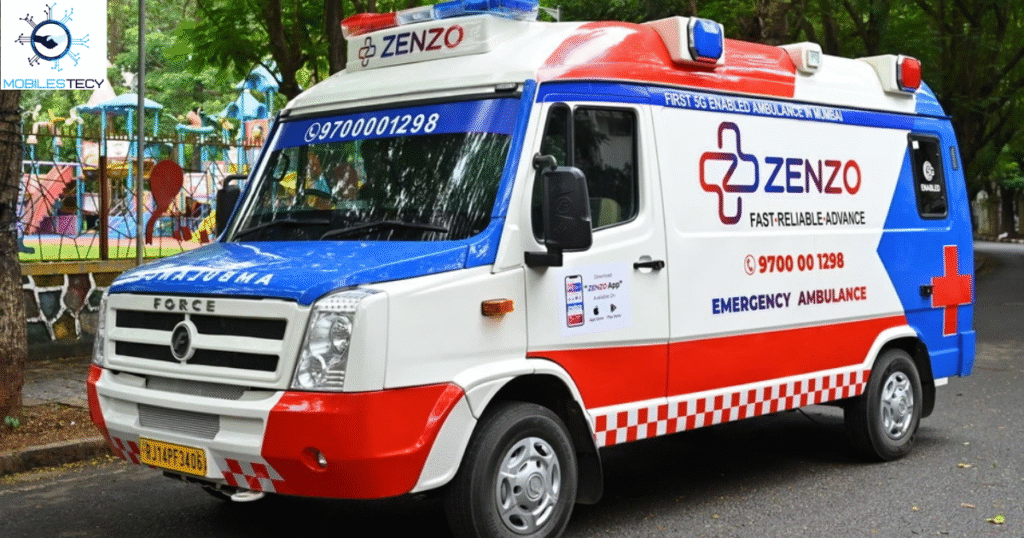
5G networks empower ambulances with live communication and patient data sharing. Paramedics stream vital signs to hospitals while en route to emergency rooms. Doctors receive patient details early and prepare life-saving equipment accordingly. This reduces response time and improves survival rates during critical events.
Video guidance from specialists helps field medics treat complex injuries onsite. Real-time instructions minimize errors and enhance mobile care accuracy dramatically. 5G allows continuous monitoring from dispatch to hospital handover moments. Such integration is revolutionizing how emergency services respond and operate.
Advancements in Medical Technology with 5G
Robotic surgery thrives on 5G’s ultra-low latency and precision. Surgeons control robotic instruments remotely with real-time video and feedback. This allows life-saving operations to be performed across long distances. Specialists can reach disaster zones or rural clinics without physically traveling. Patients gain access to elite surgical expertise regardless of their location.
Medical imaging transfers faster over 5G, improving diagnostics and collaboration. Large MRI or CT scan files upload instantly to cloud-based systems. Specialists worldwide can review and analyze scans in near real-time. This accelerates treatment decisions and shortens diagnostic waiting periods. Faster imaging sharing improves overall efficiency and patient experience greatly.
Augmented reality and virtual reality tools are empowered by 5G networks. Medical students can train using immersive, real-time virtual surgery simulations. Doctors use AR glasses to access patient data during operations instantly. These innovations improve safety, precision, and learning in complex medical procedures. 5G makes futuristic tools practical for today’s healthcare professionals and trainees.
- Smart ambulances send live patient data to hospitals during emergencies.
- Telemedicine becomes more accessible in rural areas through strong 5G connectivity.
- Hospital systems operate more efficiently with interconnected devices and real-time tracking.
Hospital Infrastructure and Smart Systems
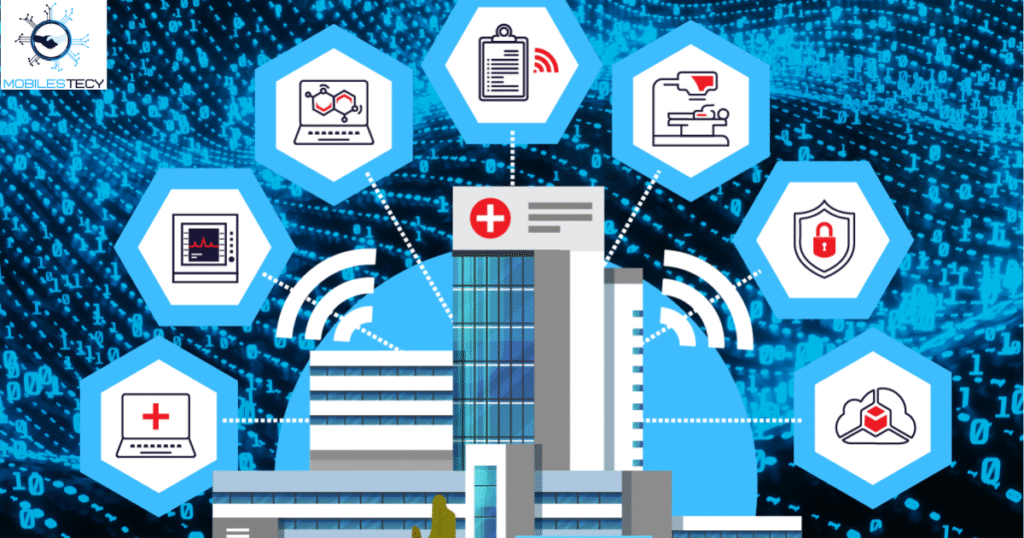
Smart hospitals benefit from 5G through interconnected devices and automation tools. Beds, IV pumps, and monitors sync wirelessly to central command stations. Inventory, patient movement, and staff location are tracked in real-time. This boosts efficiency and reduces miscommunication or unnecessary delays.
Maintenance alerts and system diagnostics are sent instantly to IT teams. Medical equipment stays functional, minimizing downtime or operational disruptions. Lighting, air quality, and temperature adjust based on room occupancy automatically. All improvements work toward creating safer, tech-driven medical environments.
Security and Data Management in 5G Healthcare
With increased connectivity, securing medical data becomes a top priority. 5G networks support encryption, firewalls, and real-time threat detection systems. Hospitals must invest in cybersecurity to protect patients and operations. Unauthorized access can risk lives and compromise institutional credibility badly.
Cloud-based records become safer when protected by advanced 5G encryption protocols. Access controls and biometric authentication add further layers of security. Training staff to follow strict digital hygiene remains essential today. Data protection ensures trust between patients and healthcare providers everywhere.
- Augmented reality helps train medical students with realistic, interactive simulations.
- Cloud-based medical records upload faster and are accessed with greater security.
- Artificial intelligence processes massive health data for faster, accurate diagnoses.
- 5G supports mobile health units offering care in underserved communities.
- Real-time monitoring helps detect early signs of health issues proactively.
Faq’s
How does 5G improve the quality of telemedicine services worldwide?
It allows real-time video calls with high clarity and minimal lag. Doctors can diagnose remotely using accurate visuals and instant patient data.
Can 5G support remote surgeries using robotic surgical systems effectively?
Yes, its ultra-low latency ensures real-time precision in surgical actions. Surgeons can perform delicate procedures from remote locations without delays.
How does 5G impact wearable medical devices and patient monitoring?
Devices transmit health data instantly to doctors for continuous monitoring. It enables early detection and timely intervention for critical conditions.
What role does 5G play in emergency medical response systems?
Ambulances share patient vitals with hospitals while en route instantly. Doctors prepare treatments early, saving valuable time in critical cases.
Is 5G technology secure enough for transmitting sensitive health data safely?
Yes, advanced encryption and real-time threat detection protect patient information. Hospitals must still apply strict cybersecurity protocols and regular staff training.
Conclusion
5G technology is transforming healthcare by enabling faster, smarter, and connected care. It bridges gaps between patients and providers, regardless of geographic location. Remote monitoring, telemedicine, and robotic surgeries become more reliable and accessible. These innovations improve patient outcomes, reduce costs, and enhance overall service quality. The healthcare industry is rapidly evolving thanks to 5G’s powerful capabilities.
Despite its advantages, challenges remain such as cybersecurity, infrastructure, and cost. Hospitals must invest in secure networks and train staff on new technologies. Regulations need updating to protect patient data and ensure safe technology use. Collaboration between tech developers and healthcare professionals is essential for success. Overcoming these hurdles will unlock 5G’s full potential in transforming medicine.
Looking ahead, 5G will enable more AI-driven and personalized healthcare solutions. It supports advanced research, real-time data sharing, and smarter clinical decisions. Patients will experience improved access to quality care and faster treatments. As adoption grows, 5G will become the backbone of digital health ecosystems. The future of healthcare is brighter, faster, and more connected with 5G.
Read more latest Articles on Mobilestecy.com
